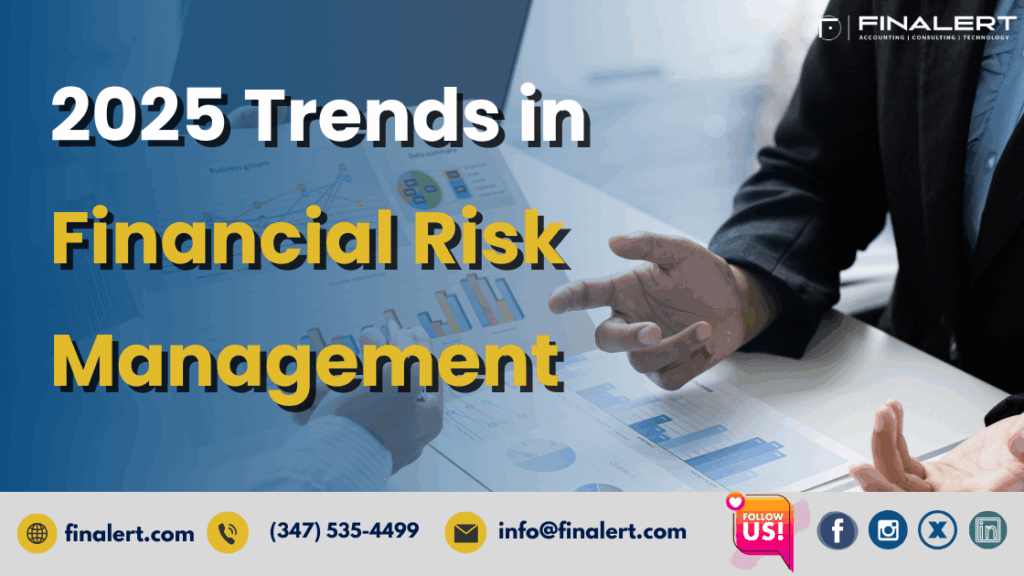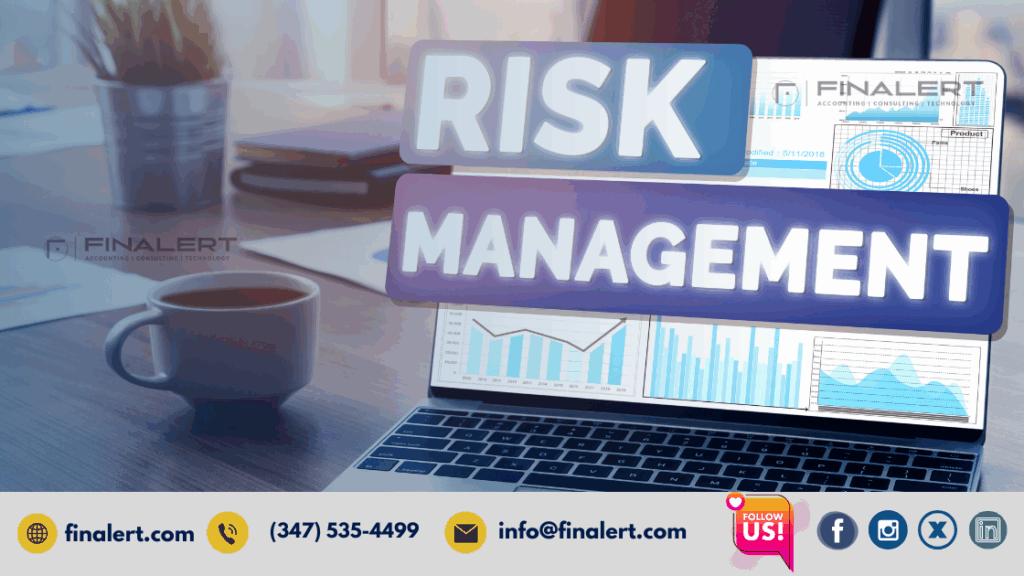
Financial risk management is entering a new era in 2025, driven by shifting market dynamics, regulatory changes, and emerging technologies. For CFOs and business leaders, the challenge is no longer just identifying risks—it’s anticipating them and adapting quickly. From inflationary pressures and supply chain volatility to cybersecurity threats and ESG-related risks, the financial landscape demands a more proactive, data-driven approach. Companies that can integrate risk assessment into everyday decision-making will be better positioned to protect profitability and seize growth opportunities.
This article explores the key trends shaping financial risk management in 2025 and outlines how forward-thinking CFOs are strengthening resilience in an increasingly unpredictable business environment.
Historically, many companies addressed financial risks only after they became visible problems. In today’s market, delays can cause irreversible damage. The modern CFO is expected to spot risk indicators early, using predictive models and real-time analytics to prevent financial disruption.
While inflation rates have moderated from 2022–2023 highs, 2025 is still marked by fluctuating interest rates as central banks attempt to balance growth with price stability. These shifts can significantly impact borrowing costs, capital expenditures, and consumer demand.
Cyberattacks have become not just operational threats but financial risks with direct revenue implications. Ransomware incidents, data breaches, and regulatory penalties can cost millions—making cybersecurity a board-level priority.
Environmental, social, and governance (ESG) issues are no longer just PR talking points—they are tied directly to investor confidence, regulatory compliance, and long-term profitability. Climate-related events can disrupt supply chains, increase operational costs, and trigger insurance claims.
Geopolitical tensions, labor shortages, and logistics bottlenecks continue to create financial uncertainty. A single supplier or shipping disruption can cause revenue loss and increased costs.

In 2025, AI-driven analytics are enabling CFOs to detect trends that human analysts might miss. AI models can analyze thousands of variables simultaneously, improving accuracy in revenue forecasts, fraud detection, and credit risk assessments.
Regulatory bodies in the U.S. and globally have tightened rules around reporting, tax transparency, and data protection. Non-compliance now carries heavier financial penalties and reputational costs.
Traditional insurance policies may not fully address emerging risks like cybercrime or ESG liabilities. Businesses in 2025 are reassessing their coverage to ensure alignment with their risk profiles.
Even the best risk management strategy fails without organizational buy-in. Leading CFOs are embedding risk awareness into company culture, ensuring that employees understand their role in safeguarding financial health.
In 2025, CFOs are not just financial stewards—they are risk leaders shaping company strategy. Their role blends financial oversight with foresight, ensuring the business can adapt to new challenges and capitalize on opportunities.
Risk Identification
Data & Analytics
Preparedness
Compliance
Insurance & Protection
Financial risk management in 2025 is more complex, interconnected, and fast-moving than ever before. The new economy demands that CFOs and business leaders adopt a proactive, tech-enabled, and holistic approach to safeguarding financial stability. By integrating advanced forecasting tools, diversifying risk exposure, strengthening compliance, and fostering a culture of preparedness, companies can turn potential threats into opportunities for resilience and growth.
The organizations that thrive in this environment will be those whose leaders view risk management not as a defensive measure, but as a strategic advantage.
Similar Articles
No results available
Get in touch with Finalert today for tailored business solutions!
No results available
Ready to thrive? Connect with Finalert today and let’s succeed together in the dynamic global market.
© 2025 Finalert. All rights reserved.
Ready to thrive in the dynamic global market? Finalert LLC offers expert financial services, including accounting, consulting, and technology solutions, tailored to your business needs.
Address
Accounting
Quick Links
Consulting
Industries
© 2025 Finalert LLC. All rights reserved.